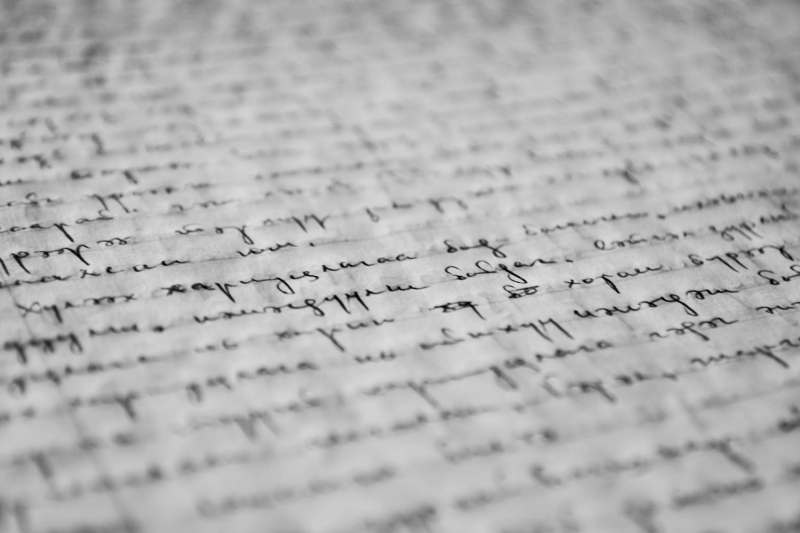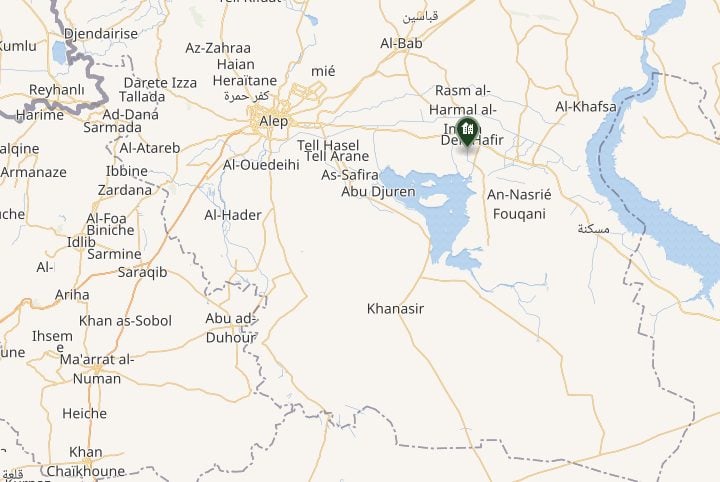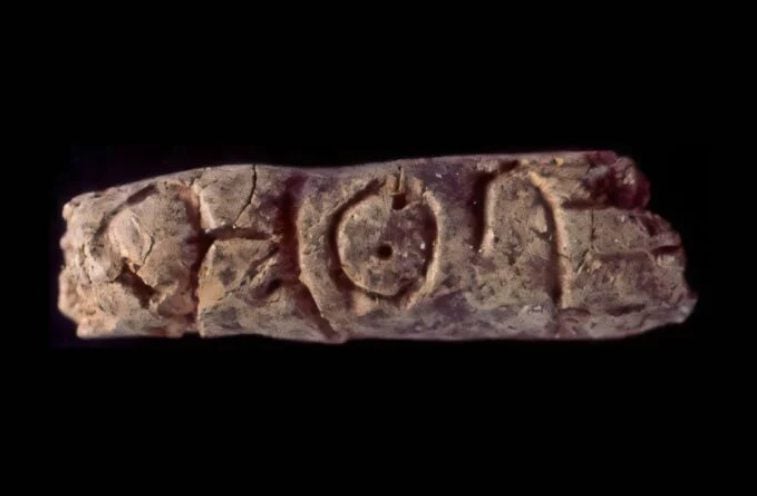
© Pixabay/Pexels
In the arid lands of eastern Aleppo, the The archaeological site of Tell Umm-el Marra has just revealed an extraordinary secret. Excavations carried out over sixteen years (1994-2010) by an international team of archaeologists have unearthed four clay cylinders which could rewrite the history of alphabetic writing. These findings were compiled in the book Animals, Ancestors and Ritual in Early Bronze Age Syria: An Elite Mortuary Complex from Umm el-Marra, available on the Harvard University website.

Tell Umm-el Marra excavation site. © Wikimedia
The Silent Guardians of Time
In the heart of ancient Syria, Tell Umm-el Marra stands as a witness to ;a time when the first city-states were beginning to flourish in the Fertile Crescent. This urban colony, established around 2700 BCE, bears witness to the emergence of the first societies complexes in northern Mesopotamia. Archaeologists have unearthed a remarkably well-preserved burial there, a true time capsule from the Early Bronze Age.
The funerary goods reflect the sophistication of this society: finely carved gold and silver jewelry demonstrates mastery of metalworking techniques, bronze spearheads prove an established military organization, while elaborately patterned pottery reveals a flourishing local craft. But among these sumptuous treasures, four small, seemingly modest clay cylinders have just overturned our understanding of history.
These meticulously perforated cylinders bear inscriptions whose importance far exceeds their apparent simplicity. The inscriptions they bear bear no resemblance to either Sumerian pictograms or contemporary Egyptian hieroglyphs. Their graphic simplicity and limited number suggest a radically new approach to writing, perhaps the first attempt at an alphabetic system.

These tiny clay cylinders may hold the secret to the first alphabet. © Glenn Schwartz/Johns Hopkins University
200% Deposit Bonus up to €3,000 180% First Deposit Bonus up to $20,000A Chronological Upheaval and geographic
Dated to 2400 BCE, These artifacts predate the alleged invention of the alphabet by five centuries. Until now, specialists had dated this innovation to around 1,900 B.C., attributing it to workers from Canaan (a region that roughly corresponds to the combined territories of present-day Israel, Palestine, Lebanon, western Jordan, and Syria) working in Egypt.
Indeed, it is now widely accepted that the first alphabets were born in the Near East, in the Semitic world, around the 2nd millennium B.C. The Phoenicians (part of the Canaanites), a people of Semitic traders, are often cited as the first to have developed a completely alphabetical, around the 14th century BC. This alphabet was then adopted and adapted by many other civilizations: the Greeks and the Romans, in particular.
This chronology, firmly anchored in historiography, is today shaken. Tell Umm-el Marra, located at the crossroads of ancient trade routes, now appears as a possible center of scriptural innovation. This strategic position could have encouraged the emergence of new modes of communication, responding to the needs of growing commercial exchanges.
If the alphabet was born in Syria and not in Egypt, our theories on the diffusion of cultural innovations in Antiquity need a profound revision. The researchers from Johns Hopkins and Amsterdam universities, who are behind this work, are nevertheless cautious: the inscriptions on the cylinders remain undeciphered, leaving doubts as to their exact nature. Was this writing system destined to evolve into a more complex alphabet, or was it a dead end in the history of writing??
While archaeologists continue their investigations in the region, there remains hope of discovering other traces of this possible first alphabetic writing, to shed further light on this little-known chapter in the history of human communication.
- Clay cylinders dating from 2400 BC, discovered at Tell Umm-el Marra in Syria, may represent the earliest attempt at alphabetic writing.
- These artifacts thus call into question the geographical and chronological origin of the alphabet, traditionally attributed to Egypt around 1900 BC. J.-C.
- The inscriptions nevertheless remain undeciphered, leaving open the question of their role in the evolution of writing.
📍 To not miss any Presse-citron news, follow us on Google News and WhatsApp.
[ ]

